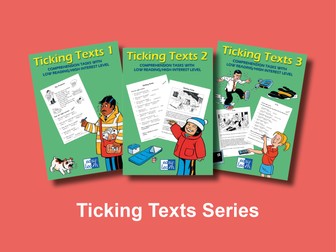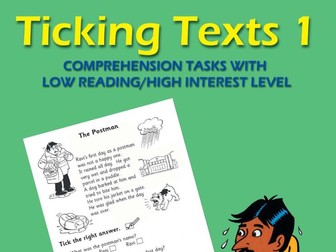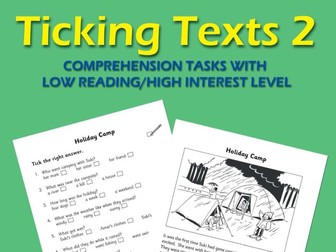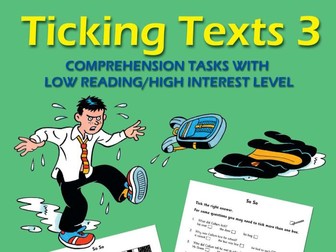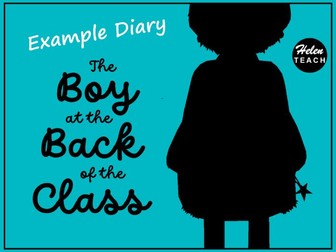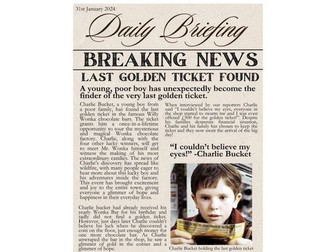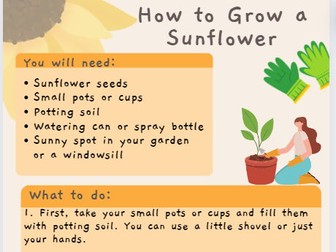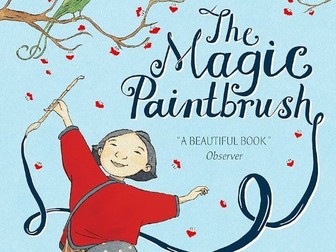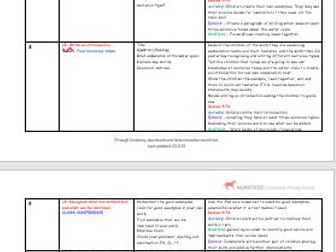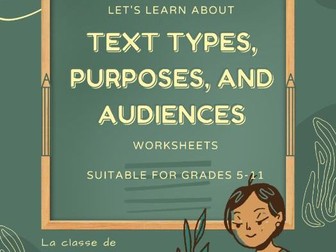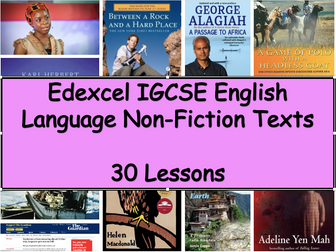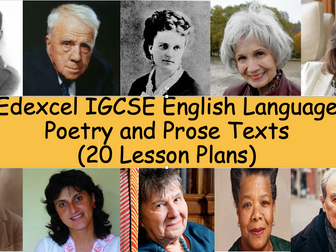Bundle
Ticking Texts Series
<p>The 3 Ticking Texts books encourage early readers to understand texts. Book 1 is aimed at KS1 plus older pupils with literacy problems, whilst books 2 and 3 are more suitable for KS2 plus KS3 pupils struggling with literacy. Each book includes various types of short texts with a low reading level and a high interest level, and the format allows children with poor coordination/writing ability to concentrate solely on text comprehension skills. The sheets are useful for shared and guided reading and for homework and are also suitable for speaking and listening work. Discussion points and extension activities are included for each text. This is a useful resource for children who have ‘learnt to read’ and are now ‘reading to learn.’ Previously available through Easylearn.</p>
